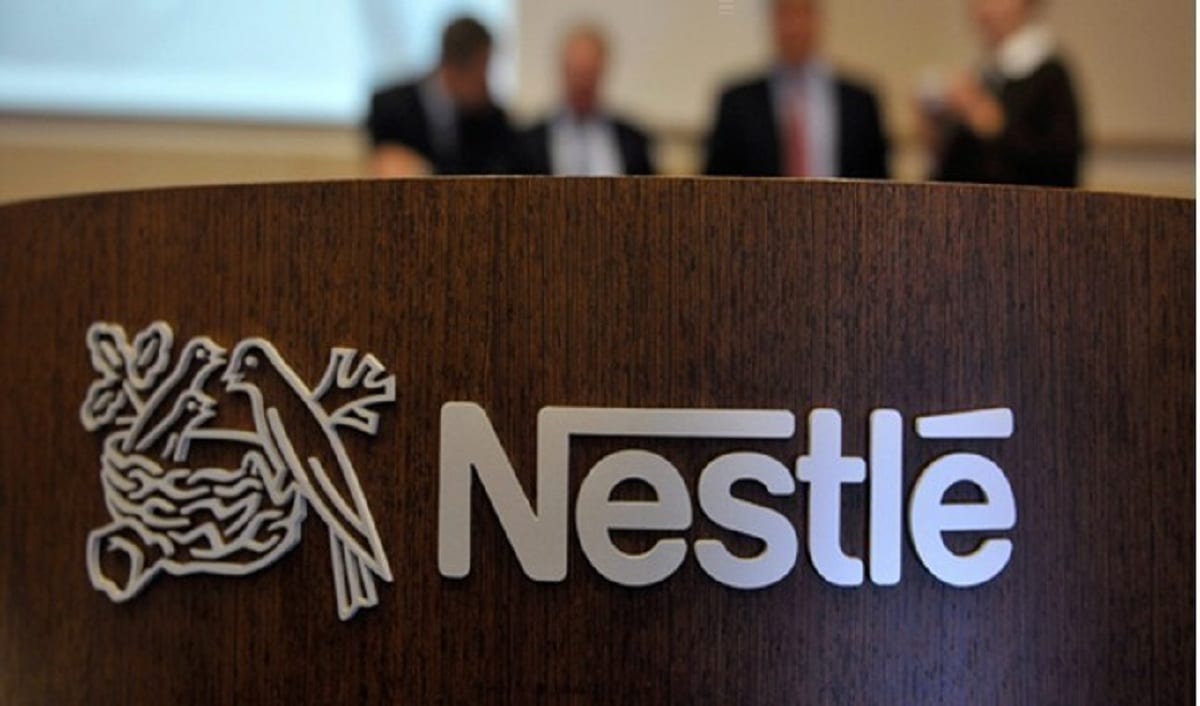Premium Offerings: A Crucial Growth Strategy for Nestle India

India has emerged as a key growth market for Nestle, the Swiss packaged foods giant, according to Suresh Narayanan, the company’s outgoing chairman and managing director. With a turnover exceeding Rs 20,000 crore and a consistent revenue growth rate of over 10% over the past decade, Nestle India is poised for continued expansion. The company’s strategic focus on premium products, innovation, and a targeted approach to ‘Rurban’ markets is expected to drive its growth, even amid challenges such as commodity inflation and a slowdown in consumer spending.
Strong Market Position and Growth Strategy
Nestle India has solidified its position as one of the fastest-growing markets for the company globally. Narayanan highlighted that the company’s growth strategy is anchored in two main pillars: premiumisation and innovation. By focusing on enhancing its core brands, such as Maggi and KitKat, Nestle aims to sustain its growth trajectory. Since the Maggi crisis in 2015, the company has revitalized its product portfolio, launching over 150 new items that now account for 7% of its sales. This rapid innovation cycle has increased fourfold compared to a decade ago, showcasing Nestle’s commitment to adapting to market demands.
The premiumisation trend is particularly noteworthy, with premium products now contributing approximately 12% to Nestle India’s sales, a rise from 10% in 2018. This segment has been growing at a remarkable 16% compound annual growth rate (CAGR) since 2015, indicating a significant market opportunity valued at Rs 7,500 crore. Nestle’s strategic emphasis on premium products is expected to enhance both growth and profitability in the competitive packaged foods sector.
Increased Investment and Consumer-Centric Approach
Nestle India’s capital expenditure has seen a substantial increase, rising from nearly 2% of sales in 2015 to an anticipated 10% in the fiscal year 2024-25. This shift reflects the company’s growing confidence in the Indian market and its commitment to meeting the evolving needs of consumers. Narayanan noted that the company’s consumer cluster-based strategy, introduced in 2019, has significantly improved its route-to-market, allowing Nestle’s brands to reach two out of three households in India.
This strategic agility, combined with deep consumer insights, positions Nestle to capitalize on changing market trends and consumer preferences. The company’s focus on ‘Rurban’ markets—areas that blend rural and urban characteristics—further enhances its ability to connect with a diverse consumer base. By tailoring its approach to different consumer segments, Nestle aims to strengthen its market presence and drive sustained growth.
Future Outlook and Strategic Considerations
Looking ahead, Narayanan emphasized that Nestle India continues to explore potential opportunities for mergers and acquisitions. However, he noted that any such moves would depend on factors like valuation, potential synergies, and growth prospects. Despite the competitive landscape, India remains one of the top ten global markets for Nestle, with the country being the leading market for its flagship brand, Maggi, and the second-largest for KitKat.
As Nestle India navigates the complexities of the market, its focus on premiumisation and innovation, along with increased investment and a consumer-centric approach, positions the company well for future growth. The ongoing commitment to understanding and adapting to consumer needs will be crucial as Nestle seeks to maintain its competitive edge in the dynamic packaged foods industry.
Observer Voice is the one stop site for National, International news, Sports, Editor’s Choice, Art/culture contents, Quotes and much more. We also cover historical contents. Historical contents includes World History, Indian History, and what happened today. The website also covers Entertainment across the India and World.

